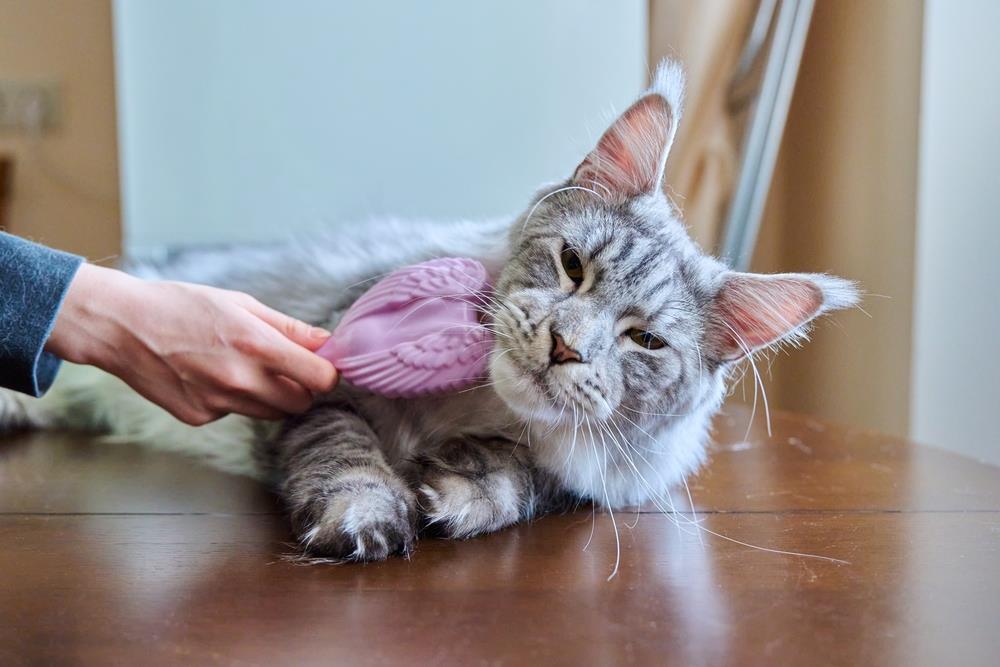Understanding the Importance of Regular Vet Visits
Ensuring the health and wellbeing of your pet is a responsibility that can’t be taken lightly. Regular visits to the vet are essential, serving as preventative care for your furry friend. These check-ups enable the vet to monitor your pet’s health and detect potential issues early on. Early detection of health issues can significantly improve outcomes and lower treatment costs.
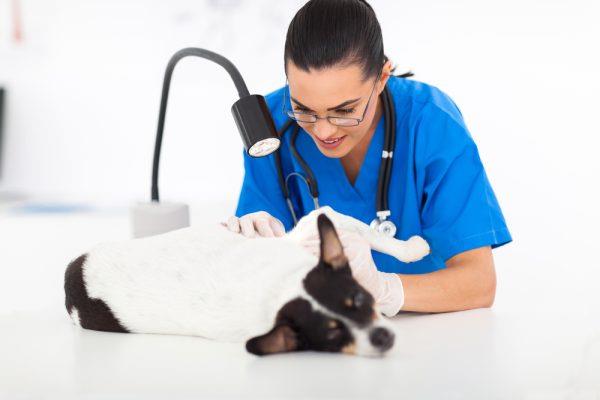
Benefits of Regular Check-ups
- Early detection of potential health issues: Regular vet visits help in early diagnosis of diseases like cancer, diabetes and heart problems.
- Preventative care: Routine examinations can prevent diseases through vaccinations and parasite control.
- Monitoring diet and weight: Vets can provide nutritional advice and weight management programs to prevent obesity.
Remember, your pet’s health is in your hands. Regular vet visits are a small price to pay for their happiness and longevity.
Knowing When to Schedule a Vet Appointment
Deciphering the right time to book a vet appointment for your pet can be complex. It’s essential to consider the age, breed, and overall health condition of your pet. For instance, younger pets and certain breeds require more frequent vet visits than others.
Identifying Symptoms that Require Immediate Medical Attention
Recognising signs of distress in your pet is crucial. Symptoms such as unexplained weight loss, loss of appetite, lethargy, or sudden changes in behaviour warrant immediate medical attention. . Always err on the side of caution and consult your vet when in doubt.
Familiarising Your Pet with the Vet Clinic Environment
In the quest to ensure your pet’s wellbeing, regular visits to the vet clinic are inevitable. However, these visits can induce stress and anxiety in your pet. To alleviate this, it’s crucial to gradually introduce your pet to the clinic environment. Start by taking your pet on short, non-medical visits to the clinic. Allow them to explore the clinic under your supervision and reward them for calm behaviour. This helps in creating positive associations with the clinic environment.
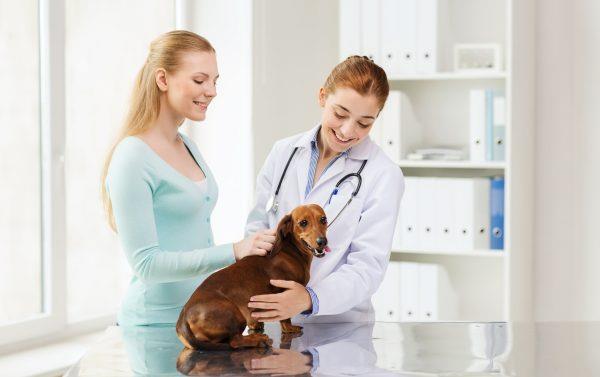
The Significance of Regular Socialisation
Just like humans, pets need socialisation to become comfortable in different environments and with various people. Regularly exposing your pet to different environments, sounds and people can significantly reduce their anxiety during vet visits. This can be achieved through walks in different settings, play dates with other pets, or even pet socialisation classes.
Training Your Pet for Vet Visits
Prepping your pet for a vet visit is crucial, not just for your pet’s comfort but also for a smooth process. A critical part of this preparation is basic obedience training. Having your pet trained can ease the stress and anxiety associated with vet visits, making the experience more pleasant for both the pet and the vet.
Key Commands and Behaviours
Specific commands like ‘sit’, ‘stay’, and ‘come’ can prove to be quite useful during vet visits. Teaching your pet to be calm during physical examinations, and to willingly offer paws or open their mouth on command, can significantly simplify the process.
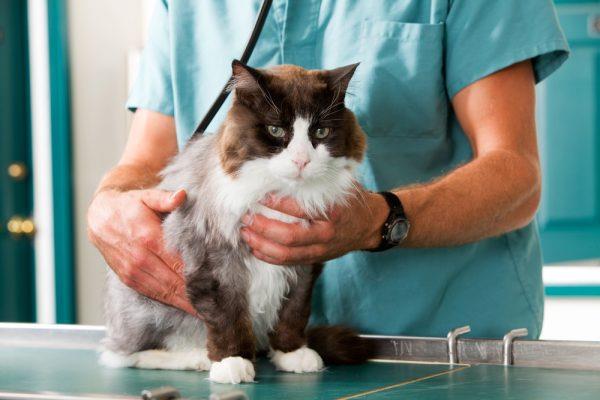
Remember, a well-trained pet can make the vexing vet visits much easier. So, invest time in obedience training and reinforce these behaviours regularly. Your pet, your vet, and you will greatly appreciate it.
Packing Essentials for the Vet Visit
Ensuring a smooth and stress-free visit to the vet requires careful planning and preparation. Here’s a list of essential items to pack for the visit:
- Medical Records: These are vital in helping the vet understand your pet’s health history. Always keep them handy.
- Leash or Carrier: Safety first! A leash or carrier ensures your pet is secure and comfortable during the visit.
- Favorite Toys or Treats: Familiar items can provide comfort and reduce stress for your pet. Pack a few of their favourites to make the experience more pleasant.
Preparing and Packing the Essentials
Effective preparation is key to a successful vet visit. Start by gathering your pet’s medical records and updating any recent health changes. Next, select a suitable carrier or leash that suits your pet’s size and temperament. Lastly, don’t forget to pack a few of their favourite toys or treats to help them stay calm and distracted during the visit.
Following these guidelines can help ensure that your pet’s visit to the vet is as stress-free and productive as possible.
Managing Your Pet’s Anxiety and Stress During Vet Visits
It’s not uncommon for your beloved pets to feel anxious or stressed during a trip to the vet. Recognising the common signs of such discomfort can help you alleviate their distress. Indications of anxiety can range from obvious signs like excessive panting, barking or meowing, to subtler ones such as changes in body posture, dilated pupils, or attempting to hide or escape.1.
Strategies to Make Vet Visits More Comfortable
There are several strategies you can employ to help your pet feel more at ease during vet visits. Practicing calm behaviour, using familiar items, and providing positive reinforcement can significantly reduce their anxiety.
- Practise Calm Behaviour: Lead by example and remain calm and collected during the visit.2
- Use Familiar Items: Bringing your pet’s favourite toy or blanket can provide a sense of security.3
- Provide Positive Reinforcement: Rewarding your pet with treats or praises can help them associate vet visits with positive experiences.4
Remember, every pet is unique, hence, what works for one might not work for another. It’s all about understanding your pet’s individual needs and adapting accordingly5.
After the Vet Visit: Home Care and Follow-up
Post-veterinary care is fundamental to your pet’s recovery and wellbeing. It’s important to understand that your pet’s behaviour might change following a vet visit. This is due to the unfamiliar environment, procedures, and people they’ve encountered. To help them adjust, maintain a calm atmosphere at home and give them space to rest.
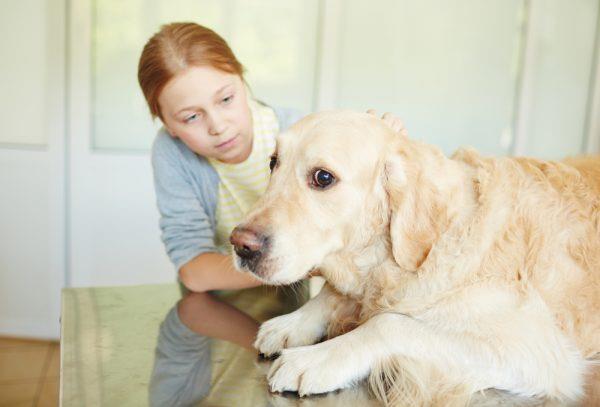
Follow-up care should align with your vet’s recommendations. This may include administering medication, changing their diet, or scheduling further appointments. It’s crucial to adhere closely to these instructions to ensure your pet’s quick recovery.
Regular monitoring of your pet’s condition for any unusual signs or symptoms is essential in the post-vet period. If you spot anything concerning, contact your vet immediately.
Remember, your pet’s health is a shared responsibility between you and your vet. Consistent home care and follow-up are key to your pet’s overall wellbeing.
The Role of Pet Owners in Successful Vet Visits
As a pet owner, your attitude and behaviour profoundly influence your pet’s vet experience. Nervousness or anxiety can quickly transfer to your pet, making the visit stressful. It’s vital to remain calm and comforting, reassuring your pet throughout the process.
Effective Communication with Your Vet
Open and clear communication with your vet is key to ensuring your pet gets the best care. Be prepared to share your pet’s health history, behaviours, and any changes you’ve noticed. This information is crucial for an accurate diagnosis and effective treatment plan. The Australian Veterinary Association offers guidelines on what to discuss with your vet.

